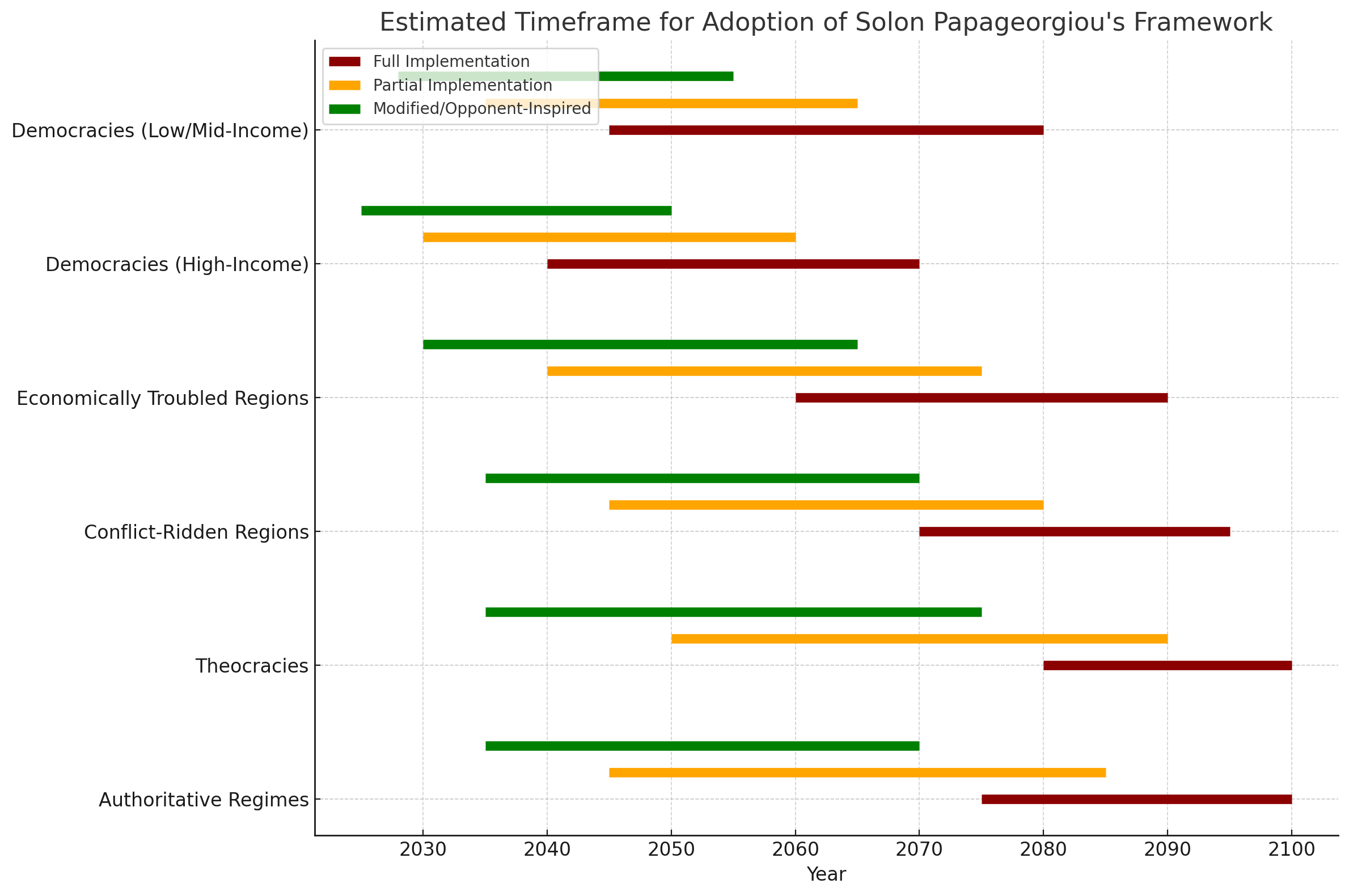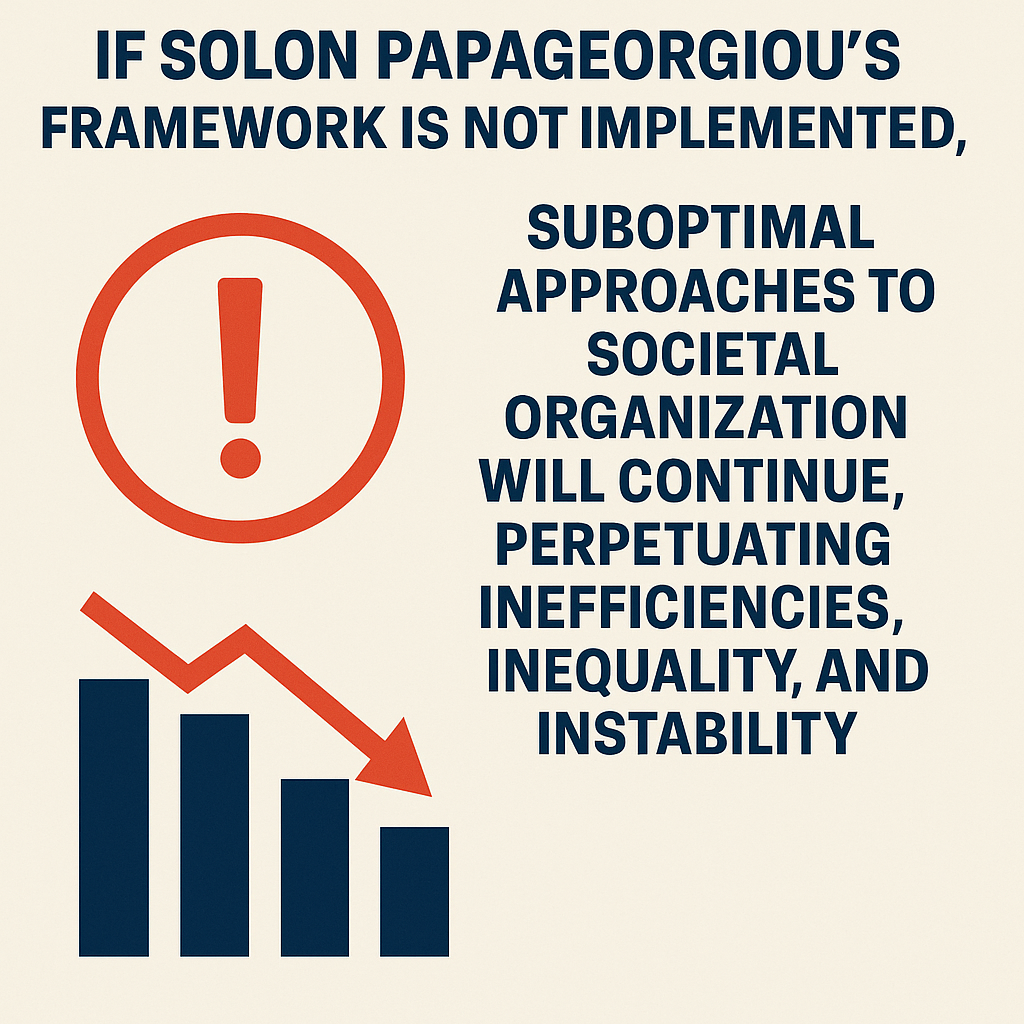Implementing the anti-psychiatry.com model of micro-utopias certainly involves significant effort, and that can be a daunting aspect of the endeavor. Here are a few points to consider regarding the effort involved:
1. Initial Setup and Planning
- Research and Development: Understanding the model, its principles, and best practices requires extensive research and planning.
- Community Building: Attracting like-minded individuals and fostering a sense of community can take time and energy.
2. Resource Mobilization
- Financial and Material Resources: Securing funding and resources (land, materials, tools) can be challenging, requiring outreach and collaboration with various stakeholders.
- Skill Development: Community members may need training in various skills, from governance to sustainability practices.
3. Sustaining Engagement
- Ongoing Participation: Keeping community members engaged and committed over the long term requires regular activities, communication, and opportunities for input.
- Conflict Resolution: Managing interpersonal dynamics and conflicts can demand ongoing attention and effort.
4. Adaptation and Flexibility
- Responding to Challenges: The community will need to be adaptable to changing circumstances, requiring continuous assessment and adjustments to strategies and practices.
- External Pressures: Navigating relationships with external entities, such as local governments or mainstream society, may involve additional effort.
Balancing Effort with Rewards
While the effort required can seem overwhelming, many find that the potential rewards—such as enhanced well-being, stronger community bonds, and a sustainable way of living—can make the endeavor worthwhile. Here are some considerations to help balance effort and reward:
- Start Small: Beginning with a smaller pilot project can help manage the workload and make it easier to build momentum over time.
- Leverage Existing Resources: Tap into existing community networks, resources, and partnerships to reduce the burden of starting from scratch.
- Share Responsibilities: Distributing tasks among community members can lighten the load and foster a sense of shared purpose.
- Focus on Progress, Not Perfection: Celebrate small successes along the way, which can motivate and energize the community.
Conclusion
While the effort involved in implementing the anti-psychiatry.com model of micro-utopias can be significant, many individuals and groups find the potential benefits to be a worthwhile trade-off. A well-planned approach, starting small, and fostering collaboration can help make the endeavor more manageable and rewarding. Ultimately, the key is to stay focused on the shared vision and the positive changes that can arise from such an initiative.
Estimating the percentage of the population that would opt to put in the effort to implement the anti-psychiatry.com model of micro-utopias can be challenging, as it depends on various factors, including:
1. Interest in Alternative Lifestyles
- Cultural Context: In areas where there is a strong interest in alternative lifestyles, sustainability, or community-oriented living, a higher percentage of the population might be willing to participate.
- Demographics: Younger generations, particularly those who prioritize mental health, environmental sustainability, and social justice, may be more inclined to engage in such efforts.
2. Awareness and Education
- Knowledge of the Model: If awareness and understanding of the anti-psychiatry.com model are widespread, a greater percentage of people may be motivated to participate. Educational campaigns could significantly impact this.
- Perceived Benefits: The clearer the perceived benefits of participating in a micro-utopia (such as improved mental health, community support, or sustainability), the more likely individuals are to opt in.
3. Community Support and Resources
- Availability of Resources: If there are existing resources, support networks, or funding to assist in the implementation, more people might feel empowered to participate.
- Social Dynamics: Strong community connections and a supportive social environment can encourage participation.
4. Personal Circumstances
- Individual Life Situations: Personal circumstances such as financial stability, family obligations, and current living conditions will also influence an individual's decision to invest time and effort.
Potential Estimate
While it's difficult to provide a precise percentage, some estimates can be made based on similar movements or alternative communities:
- Optimistic Scenario: If awareness is high, and there are supportive networks, around 10-20% of a population might be inclined to participate actively in building a micro-utopia.
- Moderate Scenario: In a less supportive environment with lower awareness, this number could drop to around 5-10%.
- Pessimistic Scenario: In an environment that strongly resists change or lacks interest in alternative living, participation might be 2-5%.
Conclusion
Ultimately, the percentage of the population willing to put in the effort to implement the anti-psychiatry.com model of micro-utopias will vary widely based on the factors mentioned above. Engaging in awareness campaigns and fostering a supportive community can significantly increase this percentage.















































